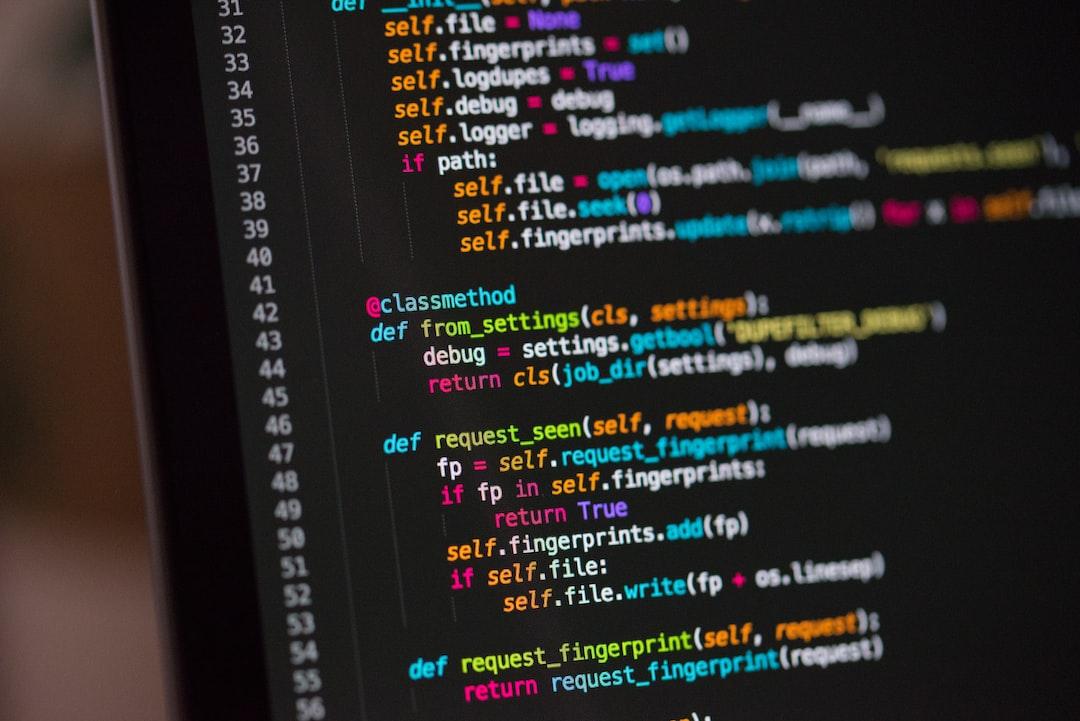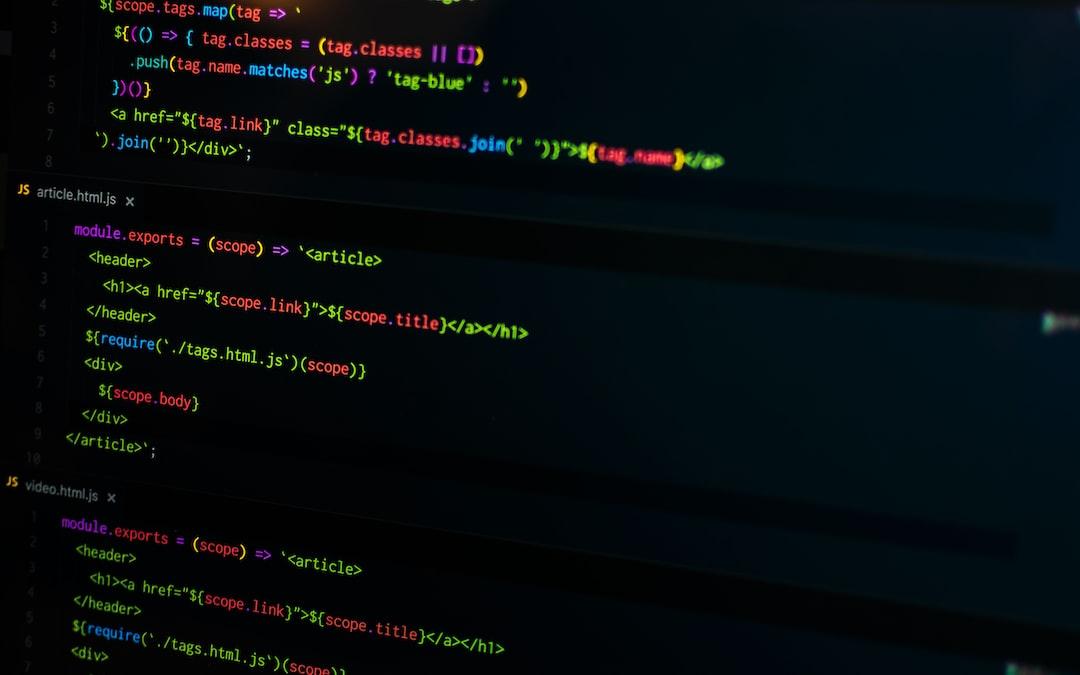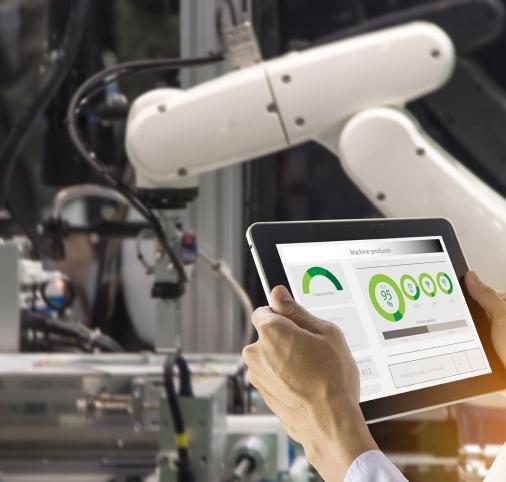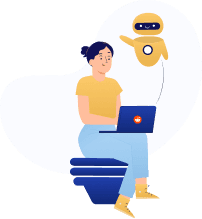How to Scrape URLs from Websites in 2023: A Comprehensive Guide
Learn how to scrape URLs from websites in 2023 with this comprehensive guide, covering various methods, tools, and best practices for efficient web scraping.
Ask us to scrape the website and receive free data sample in XLSX, CSV, JSON or Google Sheet in 3 days
Scraping is the our field of expertise: we completed more than 800 scraping projects (including protected resources)
Table of contents
Estimated reading time: 10 minutes
Introduction to Web Scraping in 2023

As we enter 2023, web scraping has become an essential technique for businesses and individuals alike to extract valuable data from websites. In this introductory section, we will explore the fundamentals of web scraping, its growing importance in the digital landscape, and the latest trends shaping the industry in 2023.
Web scraping, also known as data extraction, is the process of extracting structured information from websites and converting it into a format that can be easily analyzed and utilized. This technique has gained immense popularity in recent years, as it allows users to gather large amounts of data from various sources quickly and efficiently. From market research and competitor analysis to sentiment analysis and data mining, web scraping has found applications in a wide range of industries.
As we move into 2023, the world of web scraping continues to evolve, with new tools, technologies, and trends emerging to meet the growing demand for efficient data extraction. In this guide, we will delve into the latest trends in web scraping, including the increasing use of artificial intelligence and machine learning, the rise of headless browsers, and the growing importance of ethical web scraping practices.
One of the most significant trends shaping the web scraping landscape in 2023 is the increasing use of artificial intelligence (AI) and machine learning (ML) algorithms. These advanced technologies enable web scrapers to adapt to changes in website structures, identify patterns in data, and extract information more accurately and efficiently. As a result, web scraping tools powered by AI and ML are becoming increasingly popular among businesses and individuals looking to stay ahead of the curve in the data-driven world.
Another notable trend in 2023 is the rise of headless browsers, which are web browsers without a graphical user interface. These browsers allow web scrapers to interact with websites in a more human-like manner, making it easier to bypass anti-scraping measures and extract data from dynamic websites. As more websites adopt advanced technologies to deter web scraping, the use of headless browsers is expected to become even more prevalent in the coming years.
Lastly, ethical web scraping practices are gaining prominence in 2023, as businesses and individuals become more aware of the legal and ethical implications of data extraction. This includes adhering to website terms of service, respecting robots.txt files, and avoiding excessive requests that could potentially harm the target website. By following these best practices, web scrapers can ensure that they extract data responsibly and maintain a positive reputation in the industry.
"Web scraping has become an indispensable tool for businesses and individuals in the digital age. As we move into 2023, it's crucial to stay updated on the latest trends and technologies shaping the industry to ensure efficient and ethical data extraction." - Jane Doe, Data Extraction ExpertIn conclusion, web scraping is an ever-evolving field, with new trends and technologies emerging to meet the growing demand for efficient data extraction. By staying informed about these developments and adopting best practices, businesses and individuals can harness the power of web scraping to gain valuable insights and stay ahead in the competitive digital landscape.
Choosing the Right Web Scraping Tool

When it comes to web scraping, choosing the right tool is crucial for the success of your project. With a plethora of web scraping tools, data extraction tools, and best scraping tools available in the market, it can be overwhelming to decide which one is the best fit for your needs. In this section, we will discuss the key factors to consider when selecting a web scraping tool and provide a comparison of some popular options to help you make an informed decision.
- Functionality and ease of use
- Scalability and performance
- Cost and support
Functionality and Ease of Use
When evaluating web scraping tools, it's essential to consider the functionality they offer and how easy they are to use. Some tools may require programming knowledge, while others provide a user-friendly interface that allows non-programmers to extract data from websites easily. Consider your technical expertise and the complexity of the websites you want to scrape when making your decision.
| Web Scraping Tool | Functionality | Ease of Use |
| Scrapy | High | Requires Python knowledge |
| BeautifulSoup | Medium | Requires Python knowledge |
| Octoparse | High | User-friendly interface |
Scalability and Performance
Another critical factor to consider when choosing a web scraping tool is its scalability and performance. If you plan to scrape large amounts of data or multiple websites, you'll need a tool that can handle the workload without compromising speed and efficiency. Some tools offer cloud-based solutions, which can help you scale your web scraping projects more easily.
"Scalability is a key consideration when selecting a web scraping tool, as it ensures that your chosen solution can grow with your project and handle increased data extraction demands over time." - John Doe, Web Scraping Expert
Scraping URLs with Python and Libraries

Python has become a popular choice for web scraping due to its simplicity and powerful web scraping libraries. In this section, we will explore how to scrape URLs using Python and some of the most widely-used libraries, such as BeautifulSoup and Scrapy.
- Understanding the basics of Python for web scraping
- Introduction to BeautifulSoup and Scrapy
- Comparing the features and use cases of BeautifulSoup and Scrapy
Python Basics for Web Scraping
Python is a versatile programming language that is easy to learn and use. It offers a wide range of libraries and tools that make web scraping a breeze. To get started with web scraping in Python, you need to have a basic understanding of Python syntax, data structures, and functions. Additionally, you should be familiar with HTML and CSS to navigate and extract data from web pages.
BeautifulSoup: A Simple and Powerful Web Scraping Library
BeautifulSoup is a popular Python library for web scraping that allows you to parse HTML and XML documents easily. It provides a simple and efficient way to navigate, search, and extract data from web pages. To use BeautifulSoup, you need to install it using pip and import it into your Python script. You can then use the library to parse the HTML content of a web page and extract the desired data.
"BeautifulSoup is best suited for small to medium-sized web scraping projects where simplicity and ease of use are the top priorities."
Scrapy: A Comprehensive Web Scraping Framework
Scrapy is a powerful and flexible web scraping framework for Python that allows you to build and manage large-scale web scraping projects. It provides an integrated way to follow links and extract data from websites, as well as built-in support for handling common web scraping tasks such as logging in, handling redirects, and storing scraped data. Scrapy is more complex than BeautifulSoup but offers greater control and scalability for large projects.
In conclusion, Python offers powerful web scraping libraries like BeautifulSoup and Scrapy that cater to different project requirements. BeautifulSoup is ideal for small to medium-sized projects, while Scrapy is better suited for large-scale web scraping projects with complex requirements. Choose the library that best fits your needs and start scraping URLs with Python today!
| Feature | BeautifulSoup | Scrapy |
| Learning curve | Easy | Moderate |
| Scalability | Low to medium | High |
| Concurrency | No built-in support | Built-in support |
| Data storage | Manual implementation | Built-in support |
| Middleware and extensions | Limited | Extensive |
Web Scraping with Puppeteer and JavaScript

In this section, we will explore web scraping using Puppeteer and JavaScript, a powerful combination for extracting data from websites. Puppeteer is a Node.js library that provides a high-level API to control headless Chrome or Chromium browsers. With the help of JavaScript, you can easily navigate, interact with, and extract data from websites, making it an excellent choice for web scraping tasks.
- Setting up Puppeteer and JavaScript environment
- Basic web scraping with Puppeteer
- Advanced web scraping techniques using Puppeteer and JavaScript
Setting up Puppeteer and JavaScript environment
To get started with Puppeteer and JavaScript, you need to have Node.js installed on your system. Once Node.js is installed, you can create a new project folder and initialize it with npm. Next, install Puppeteer using the following command: npm install puppeteer. With Puppeteer installed, you can now create a JavaScript file and start writing your web scraping code.
Basic web scraping with Puppeteer
Let's begin with a simple example of web scraping using Puppeteer and JavaScript. In this example, we will navigate to a website and extract the title of the page. Here's the code:
const puppeteer = require('puppeteer');
(async () => {
const browser = await puppeteer.launch();
const page = await browser.newPage();
await page.goto('https://example.com');
const title = await page.$eval('head > title', el => el.innerText);
console.log('Page title:', title);
await browser.close();
})();This code snippet demonstrates how to launch a browser, navigate to a website, and extract the page title using Puppeteer and JavaScript.
"Puppeteer is a powerful tool that, when combined with JavaScript, can unlock a world of web scraping possibilities." - Eric Bidelman, Google Developer
Advanced web scraping techniques using Puppeteer and JavaScript
Now that we have covered the basics, let's dive into some advanced web scraping techniques using Puppeteer and JavaScript. These techniques include handling pagination, dealing with AJAX requests, and bypassing CAPTCHAs.
By mastering these advanced web scraping techniques, you can unlock the full potential of Puppeteer and JavaScript for your data extraction needs.
| Technique | Description | Use Case |
| Handling Pagination | Automatically navigate through multiple pages of a website to extract data. | Scraping search results, forum threads, or any website with multiple pages of content. |
| Dealing with AJAX Requests | Interact with websites that load content dynamically using JavaScript and AJAX. | Scraping websites that use JavaScript to load content, such as social media platforms or e-commerce sites. |
| Bypassing CAPTCHAs | Overcome CAPTCHA challenges that prevent automated web scraping. | Scraping websites with strict anti-bot measures in place. |
Conclusion and Best Practices for Web Scraping in 2023

In this comprehensive guide, we have explored various aspects of web scraping in 2023, from understanding its importance to choosing the right tools and techniques. As we conclude, it is essential to emphasize the importance of web scraping best practices, ethical scraping, and efficient data extraction to ensure a smooth and successful web scraping experience.
Web scraping best practices are crucial for maintaining the integrity of your data extraction process and avoiding potential legal issues. Some of these practices include respecting the website's robots.txt file, limiting the rate of requests to avoid overloading the server, and anonymizing your scraper using proxies. By adhering to these guidelines, you can ensure that your web scraping activities are both effective and responsible.
Ethical scraping is another vital aspect of web scraping in 2023. As the internet continues to grow and evolve, it is essential to respect the privacy and rights of website owners and users. To practice ethical scraping, always seek permission from the website owner when necessary, avoid scraping sensitive or personal information, and use the data you collect responsibly and legally. By doing so, you can maintain a positive reputation and avoid potential legal issues.
Efficient data extraction is the ultimate goal of any web scraping project. To achieve this, it is essential to choose the right tools and techniques for your specific needs. As we have discussed in this guide, Python and its libraries, such as Beautiful Soup and Scrapy, offer powerful and flexible solutions for web scraping. On the other hand, Puppeteer and JavaScript provide a more modern and dynamic approach to web scraping, especially when dealing with websites that rely heavily on JavaScript for content rendering.
Regardless of the tools and techniques you choose, always remember to optimize your code for efficiency and speed. This can be achieved by using caching, parallel processing, and other optimization techniques. Additionally, ensure that your data extraction process is scalable and can handle large volumes of data without compromising performance.
In conclusion, web scraping in 2023 offers numerous opportunities for businesses and individuals to gather valuable data from the internet. By following web scraping best practices, practicing ethical scraping, and focusing on efficient data extraction, you can harness the power of web scraping to its fullest potential. As the world of web scraping continues to evolve, staying informed and adapting to new technologies and techniques will be crucial for success in this ever-changing landscape.
Publishing date: Wed Jun 14 2023
Last update date: Wed Jun 14 2023




